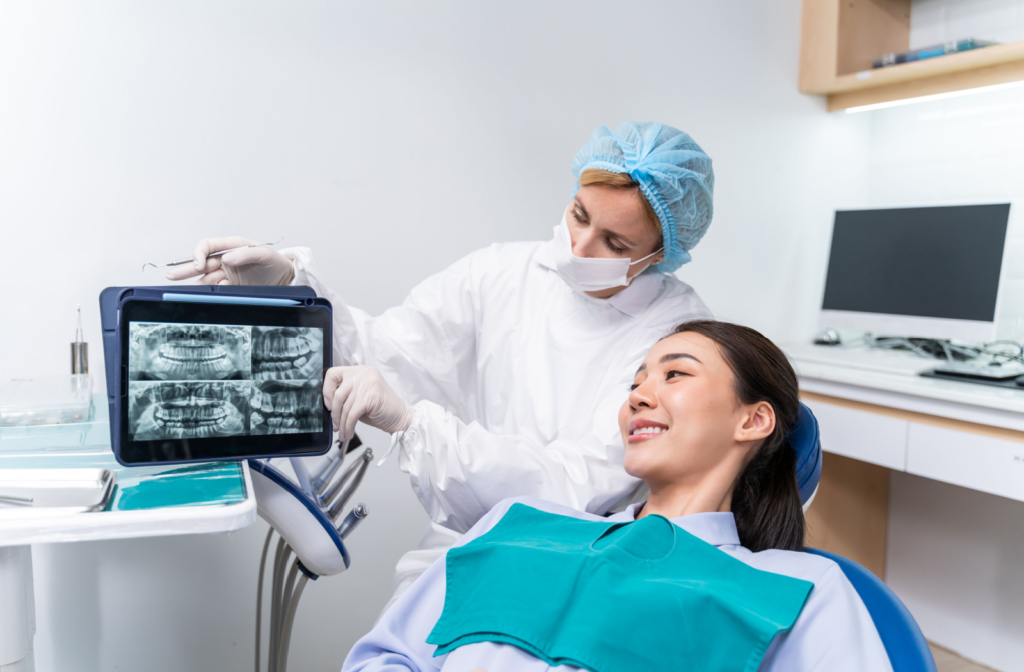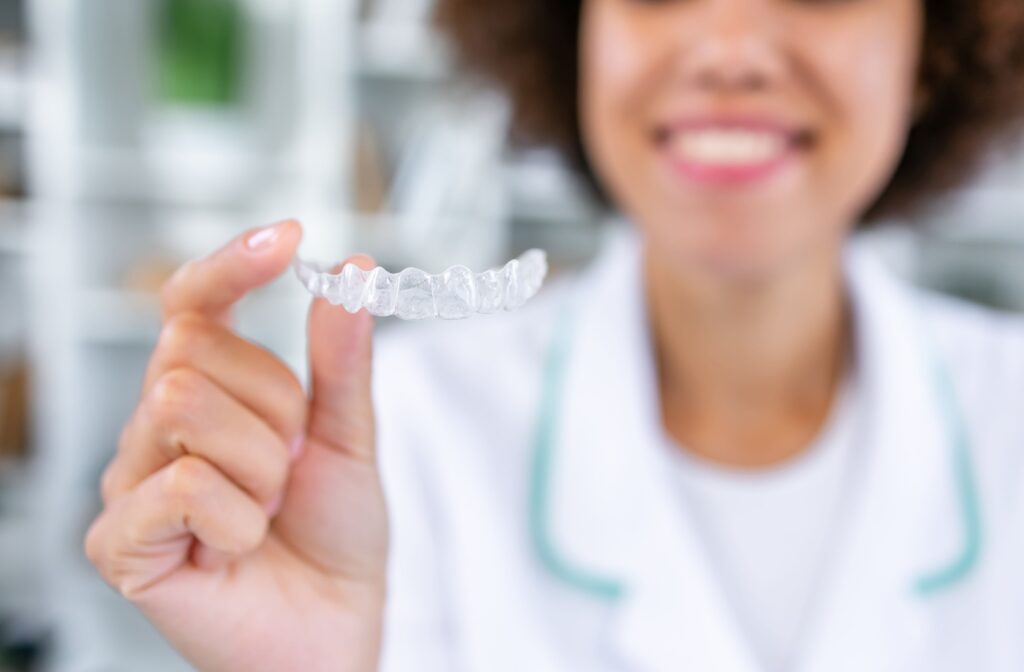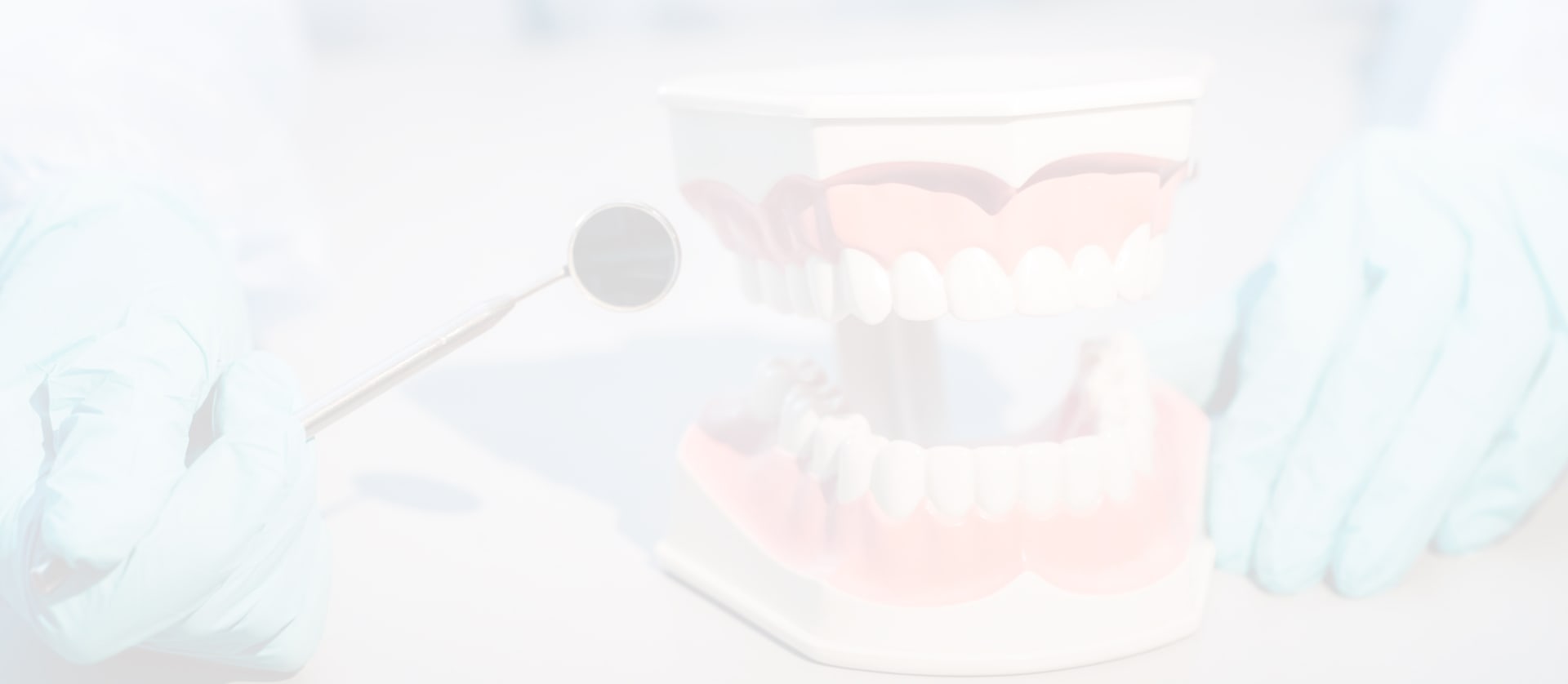You deserve to love your smile, but crooked teeth can sometimes get in the way.
Invisalign®, a popular alternative to traditional braces, straightens your teeth but it can also impact your appearance. By correcting teeth alignment, Invisalign® can reduce crowding and resolve alignment problems, leading to a more balanced and harmonious facial structure.
This blog will explain how Invisalign® can impact your jaw and face shape, and what that means for patients looking to love their smile again.
How Invisalign® Affects Your Jaw & Face Shape
Crooked teeth can affect the appearance of your face. Overbites and underbites can cause your lips to protrude, misaligned teeth can cause your cheeks to look sunken in, and even asymmetry in your face. Invisalign® works to straighten your teeth, which can cause changes to the shape of your jaw and face.
These changes are often subtle as correcting your teeth can help reduce crowding and resolve problems with tooth alignment. When it comes to Invisalign®, the impact on facial appearance can vary depending on the patient’s age.
For patients aged 12 and up, the jawbone, gums, teeth, and muscles are still developing. Early orthodontic treatment can effectively address malocclusion and skeletal issues, like overbites and underbites. Invisalign® treatment realigns the bite by subtly altering the jawline. It also includes an eruption compensation feature, allowing room for adult teeth development.
In adults, changes to facial structure from Invisalign® are generally subtle. However, in some cases, Invisalign® treatment can lead to small changes in the following areas:
- Lips: Fixing an underbite can make the lips appear plumper post-treatment, whereas correcting an overjet can cause the lips to recede slightly as the teeth move into better alignment.
- Cheeks: In some individuals, cheeks may appear more sunken, typically due to teeth removal.
- Profile: Realigning teeth with Invisalign® can subtly alter your profile, resulting in a more symmetrical smile.
Are You a Good Fit for Invisalign®?
Invisalign® is an effective option for teens and adults who want straight teeth, but don’t like the thought of cumbersome metal braces. Invisalign® can correct mild to moderate misalignments, and some severe cases, including:
- Crooked or crowded teeth
- Gapped teeth
- Overbite/underbite
These days, Invisalign® fixes all of the most common misalignments and can help you achieve a better bite and straight teeth in as little as 12 months.

How Long Does it Take to See the Results of Invisalign®?
Invisalign® technology uses custom, clear aligner trays to guide teeth into their proper position. It’s a simple and more comfortable way to get straighter teeth.
Most adults complete their Invisalign® treatment in 12 – 18 months, with some patients seeing noticeable results after just a few weeks. However, the length of time a patient has to wear their Invisalign® depends on their teeth.
You wear the aligners for 20 – 22 hours a day and get a new set of aligners every week or two. You should only take the aligners out to eat. Each new set of aligners continues to move teeth into proper alignment over time. Since Invisalign® trays are made from thin, clear plastic, they’re comfortable and nearly invisible.
How Do I Keep My Invisalign® Clean?
You should only remove your aligners to eat, meaning you’ll have them on for up to 22 hours a day. Brushing plastic retainer trays can cause microscopic abrasions in the plastic, which can cause bacteria to build up and affect your oral health.
The safest way to clean your plastic trays is by using a proper retainer cleaning system, like an ultrasonic tub. Alternatively, use a soft-bristled brush with baking soda or toothpaste, and then soak your retainer in a 50/50 water and cleaning solution.
Lastly, you can brush your teeth after every meal if you need to, but be sure to use a soft-bristled toothbrush and avoid brushing your teeth aggressively. If you’re not brushing your teeth after eating but putting your Invisalign® back in, rinse out your mouth well, and then thoroughly clean your retainer and teeth before bed.
What Are the Invisalign® Alternatives?
Braces are an alternative to Invisalign®, although patients will typically opt for Invisalign® over braces. Braces are effective at straightening teeth and correcting other issues, such as overbites. Your orthodontist or trained dentist would use metal brackets and wiring, adhered to your teeth, to move the teeth into proper positions.
Next Steps for Straighter Teeth
If you’re exploring teeth straightening options, we recommend meeting with an orthodontist or your dentist to discuss the available options and which treatment is right for you and your smile.
Ready to love your smile? Contact Fairlawn Dental Centre for professional advice on which treatments are right for you. Book online or give us a call, our team is available to support you.










